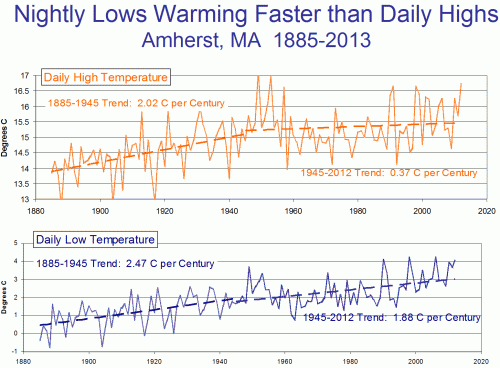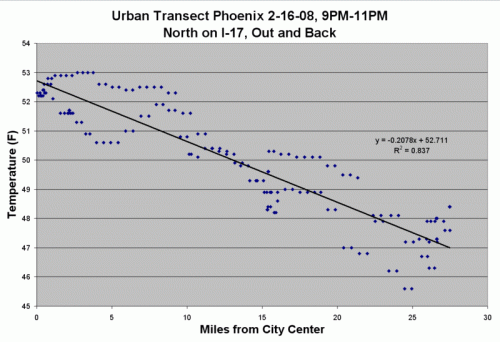Accountability for Police and Why Its So Hard
The other day, in writing about how I think Black Lives Matter has lost its way, I said that I supported their goal of increasing accountability of police forces but that goal was going to take a lot of hard, nuts-and-bolts legislative and policy steps that BLM seems uninterested in pursuing. This article from Reuters (via link from Overlawyered) gives one an idea of some of the issues that exist:
The episode is a telling snapshot of the power police unions flex across the United States, using political might to cement contracts that often provide a shield of protection to officers accused of misdeeds and erect barriers to residents complaining of abuse.
From city to city, union contracts have become just as crucial in governing departments as police manuals and city charters. Yet those contracts are coming under scrutiny amid civil rights protests over alleged police abuses, including shootings of unarmed black subjects.
Reuters, examining the fine print of 82 police union contracts in large cities across the country, found a pattern of protections afforded the men and women in blue:
• A majority of the contracts call for departments to erase disciplinary records, some after just six months, making it difficult to fire officers with a history of abuses. In 18 cities, suspensions are erased in three years or less. In Anchorage, Alaska, suspensions, demotions and disciplinary transfers are removed after two years.
• Nearly half of the contracts allow officers accused of misconduct to access the entire investigative file – including witness statements, GPS readouts, photos, videos and notes from the internal investigation – before being interrogated.
• Twenty cities, including San Antonio, allow officers accused of misconduct to forfeit sick leave or holiday and vacation time rather than serve suspensions.
• Eighteen cities require an officer’s written consent before the department publicly releases documents involving prior discipline or internal investigations.
• Contracts in 17 cities set time limits for citizens to file complaints about police officers – some as short as 30 days. Nine cities restrict anonymous complaints from being investigated.
Police and their supporters will say that Police have a particularly dangerous job and need such extra process protections. In fact, while there are dangers, it is certainly not among the most dangerous jobs (trash collectors are twice as likely to die on the job than police). I would argue that we give the police unique powers -- to use violence and to take away a persons liberty -- not possessed by any other citizens and thus we should expect more rather than fewer accountability provisions to go with these special powers.
I will say that I am not particularly optimistic about progress in this area. The Right tends to fetishize police and are tend to oppose any restrictions on police. The Left is the natural home for police reform, but most on the Left are loath to take on public employee unions, probably their strongest base of political power, and most of these changes (as seen above) require challenging the police unions. Black Lives Matter brought a lot of focus to these issues, but they simply can't seem to get past disruption and into policy changes and legislation, and besides the group appears to have been hijacked by the Left to be a vehicle for generic protests of Progressive causes like climate change legislation.



